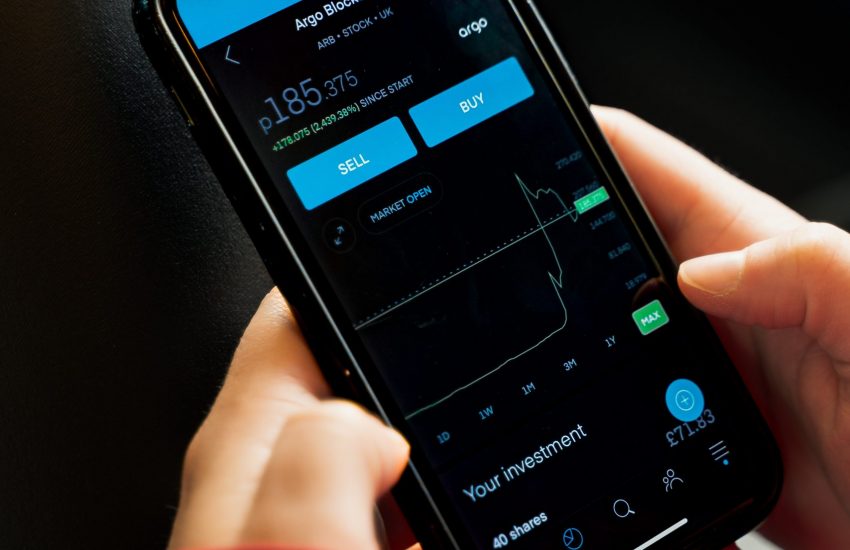Risk Management In CFD Trading – A Comprehensive Guide
Whether you trade commodities, stocks, or currencies CFDs, turning a profit without a reliable risk management plan is almost impossible.
When you venture into CFD trading, the first plan in your books is determining how much money you are willing to lose and how much you hope to earn over a specific period. With this decision, you are required to come up with a risk management plan, determine your risk over reward tolerance, and learn about your broker’s leverage. These are the rules of thumb for successfully averting a risk crisis when trading CFDs.
What are CFDs?
CFD or Contracts for differences are traded instruments where traders can ‘sell and buy’ different products like shares, stocks, commodities, crypto, and indices without owning the products. Most established brokers offer CFDs for an array of securities. Whenever you sell or buy a CFD, you profit from the difference between the buying and selling price, not the actual product.
How much you need to invest in a CFD is determined by the instrument’s volatility. CFDs are ideal for traders interested in predicting price movements without having to work directly with an exchange.
Risk management tools for CFD trading
Your risk management strategy is determined by your tolerance to risk level. Every strategy you follow should be based on a business plan that indicates the amount of risk you can take for the particular trade as well as the gains you expect from the trade. Remember that risk management varies from one trader to the next, thus calling for an independent assessment of your strategy.
Here are some powerful tools you can use as part of your risk management plan when trading CFDs
Stop-loss orders
This is a tool availed on the trading platform that can be used to determine the exact loss points you can risk in a trade. Stop-loss orders can be added when you open a trading position by choosing it from the trade ticket. Your trading platform or broker closes your trade when the price of the instruments reaches your chosen limit.
Using a standard stop loss protects a trader against losses that take place past the preset price point. However, they do not protect a trade in the event of excessive market gapping or volatility.
Trailing stops
These are also powerful risk management tools that can be used to track market movements through a set price point below or above an instrument’s market value, which is also the point you would want your broker to close your position. Once the point is reached, the trailing stop continues to move toward the trend, locking in more profits and stops when the trend changes to mitigate losses.
Stop-limit-stop-loss order
Stop Limit [Close at Profit] and Stop Loss [Close at Loss] orders can be added after opening a new position or can be edited into a current position. With this order, a trader can set a specific position closing limit. The ‘close at profit’ order is ideal when you want to lock in your profits, while a ‘close at loss’ order minimizes your losses.
It is important to know that a close at profit or loss order does not always guarantee that a position closes at the exact limit indicated. In case the market value moves up or down to a price beyond your order limit, your position will likely be closed at the next available price limit. This is sometimes different from the limit you had initially set, commonly referred to as slippage.
How to manage risk in CFD trading
Use margins correctly
In CFD trading, you should never use all your equity as a margin. Always leave enough money in your account to cover any losses incurred for the period you hold a position open. Failure to do so lands you on a margin call, outing you at risk of automatically closing out.
Always use risk management orders
You should always activate one of the three risk management orders above to mitigate losses when you open a position. If you have open positions that are not protected by stop-loss orders, you can always edit the active trade and add the order.
The bottom line
Risk management is an essential part of trading CFDs. Remember, your risk management strategy should be based on your risk tolerance, trading goals, and your personality. For beginners, investing in low-risk CFDs can be an ideal way of training to become a solid investor. Always design your trading strategy with a positive reward vs. risk ratio while learning how to cut your losses in good time.



